The Glen of Imaal Terrier, a distinctive and charismatic breed hailing from the rugged landscapes of Ireland, stands out with its unique blend of strength, …

Happy Paws: All About Dogs

The Glen of Imaal Terrier, a distinctive and charismatic breed hailing from the rugged landscapes of Ireland, stands out with its unique blend of strength, …
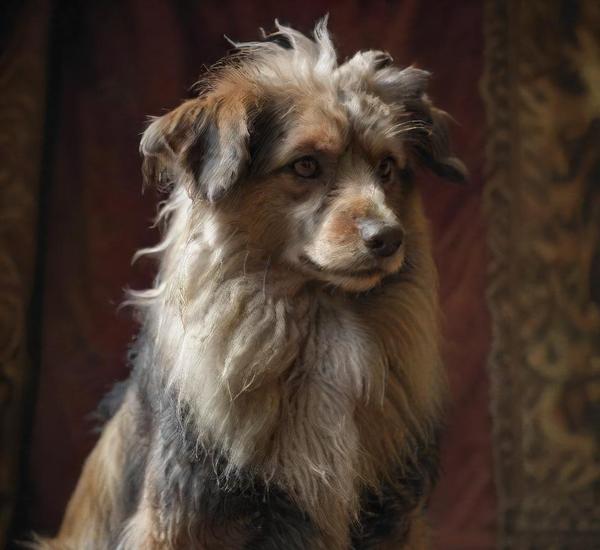
The Griffon Nivernais is a charming and robust French dog breed known for its striking appearance and dynamic personality. With roots tracing back to the …
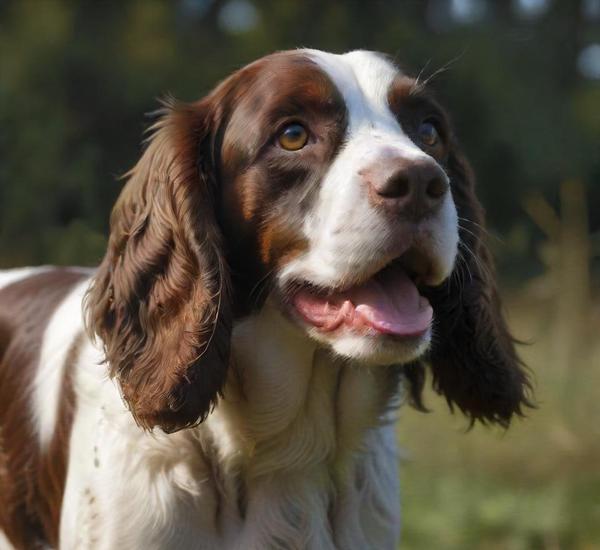
The English Springer Spaniel, renowned for its affectionate demeanor and boundless energy, stands as a beloved choice for families and active individuals alike. This breed, …
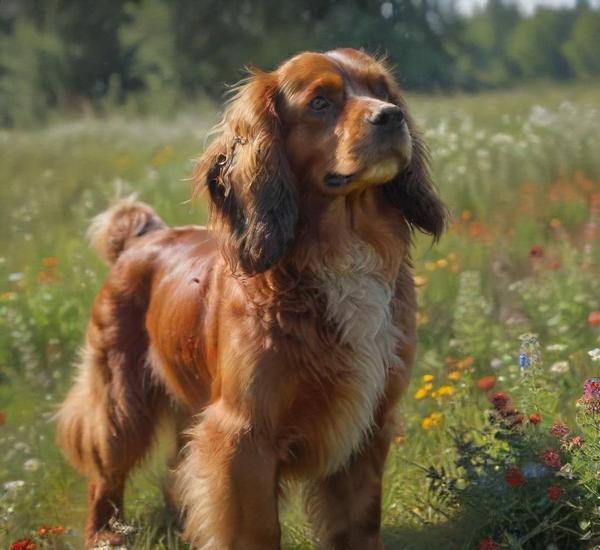
The Russian Spaniel, a lesser-known but captivating breed, offers a unique blend of charm and versatility that makes it an excellent companion for both active …
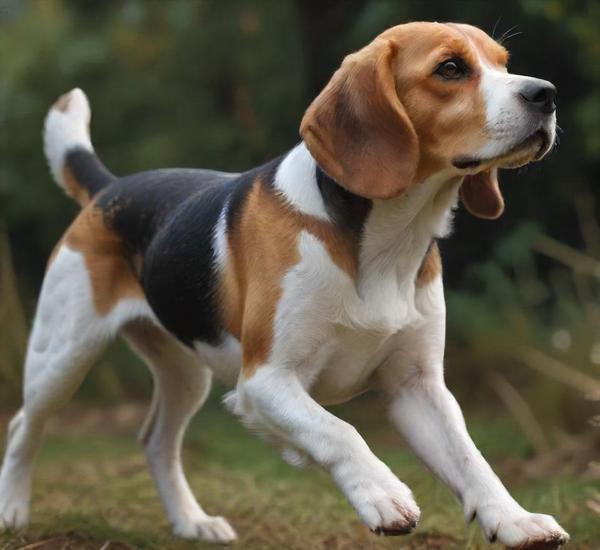
The Beagle-Harrier, a captivating blend of two distinct yet harmonious breeds, is a charming and versatile canine that has captured the hearts of dog enthusiasts …
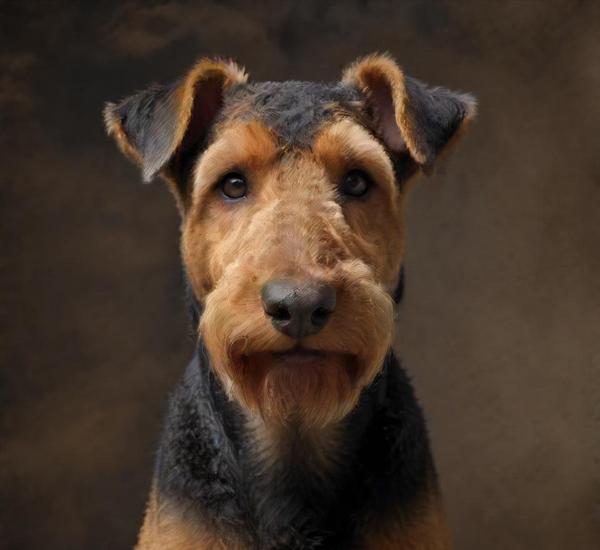
The Airedale Terrier, often celebrated as the King of Terriers, is a remarkable breed distinguished by its impressive size and distinctive, elegant appearance. Originating from …
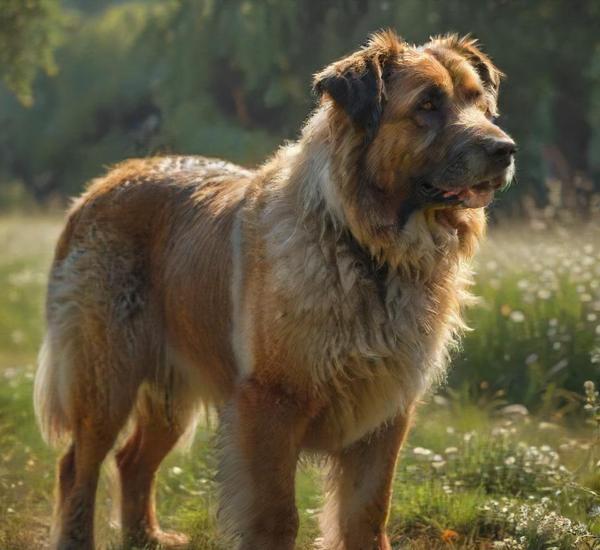
The Bulgarian Hound, a breed renowned for its impressive hunting skills and loyal nature, embodies the rich heritage of Bulgarian canine culture. Originally developed for …
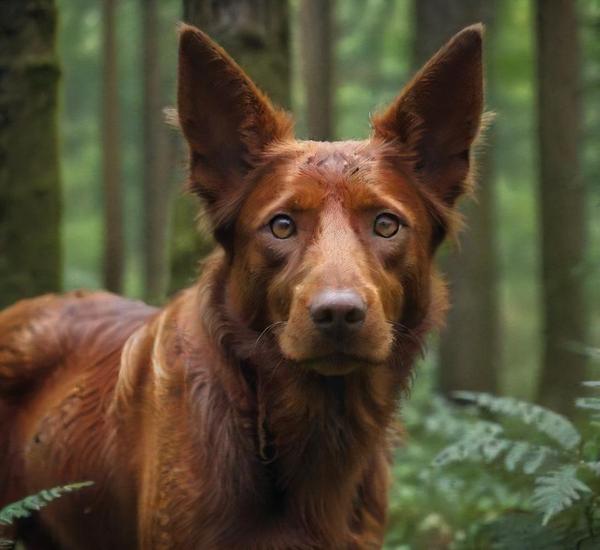
The Lithuanian Hound, a rare and noble breed from the heart of Eastern Europe, stands as a testament to Lithuania’s rich cultural heritage and its …

The Cane di Oropa, a rare and captivating breed native to the Italian Alps, embodies a rich history and a distinctive charm that sets it …
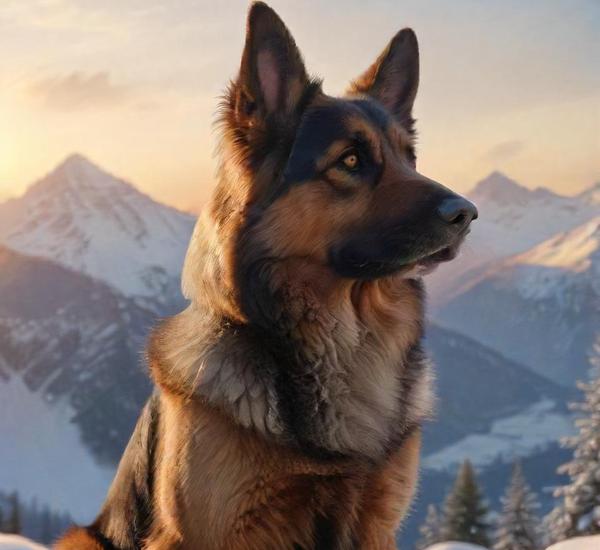
The German Spaniel, a breed known for its versatility and keen hunting instincts, is a prized companion for outdoor enthusiasts and families alike. This medium-sized …